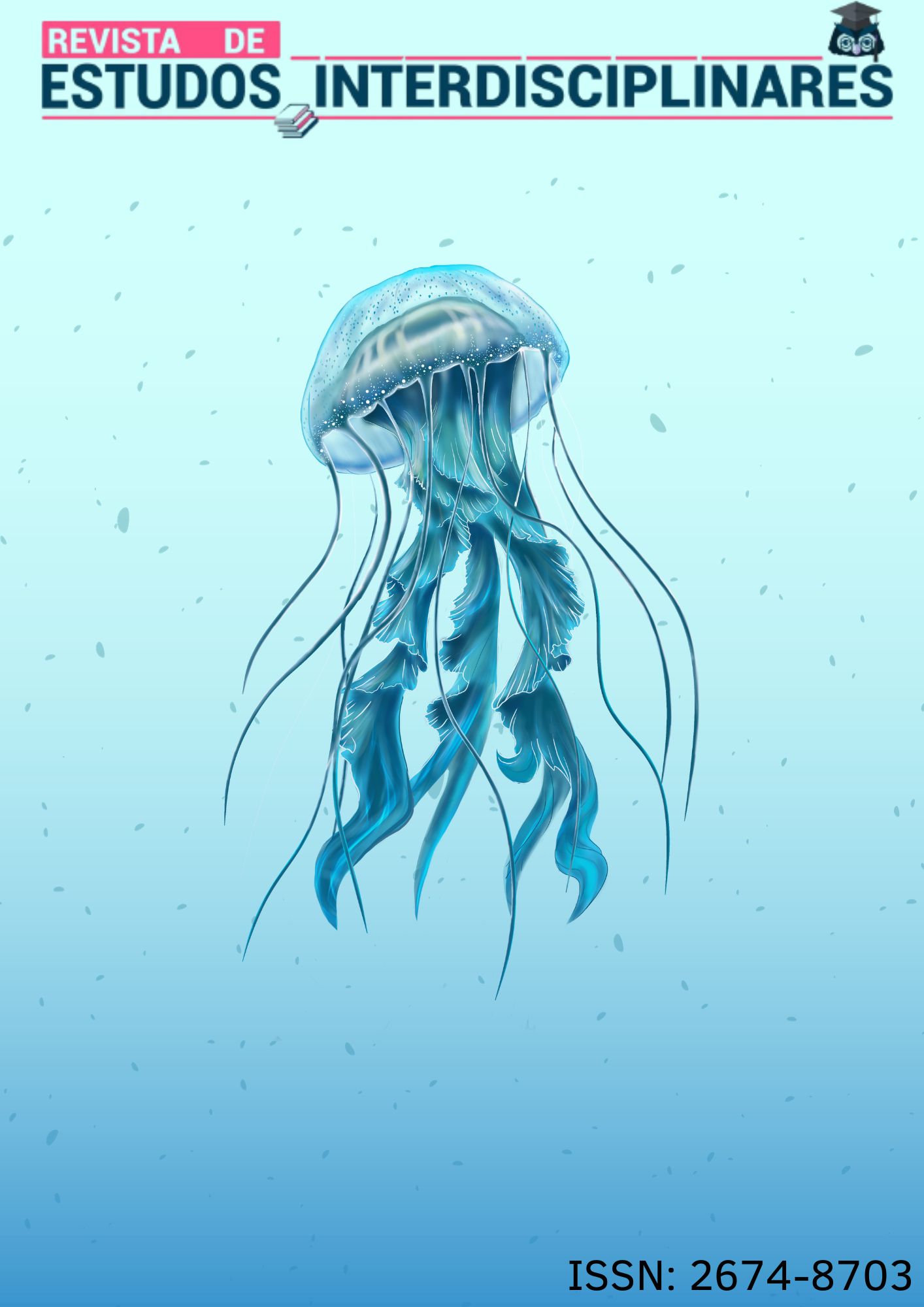APPLICATION OF ABIS IN THE IDENTIFICATION OF DISASTER VICTIMS
USE OF BIOMETRIC DATABASES
Visualizações: 311DOI:
https://doi.org/10.56579/rei.v5i6.793Keywords:
Archives, Dermatoglyphes, Natural Disasters, Biometric Identification, Victims IdentificationAbstract
The ABIS® system is a crucial tool for human identification, particularly in cases of mass accidents and disaster victims. This technology was acquired by the Secretary of Social Defense of Pernambuco and was employed under the auspices of the Tavares Buril Identification Institute-IITB to posthumously identify the victims of a natural disaster caused by heavy rain in the State. Its database receives information from identity cards – digitally generated documents – as well as through the gradual scanning of physical records. This study aimed to analyze the use of ABIS® in the necropapiloscopic identification of victims of the natural disaster that occurred in Pernambuco in the year 2022, using a biometric database under construction that identified, with an average processing time of 10 minutes, 12 of the 104 victims identified by fingerprints. Among these, 11 identifications were made in 2022, and one in 2023, following new tests conducted by the researchers of this study. Consequently, the system's implementation facilitates rapid automated necropapiloscopic comparisons in the aforementioned natural disaster. The inclusion of information in the database and the digitization of medical records directly contributed to these identifications, enabling the recognition of an additional victim. This underscores the significance of re-evaluating forensic cases with initially negative or inconclusive results, thereby leading to new identifications.
Downloads
References
BGSDS. Boletim Geral da Secretaria de Defesa Social 207. Secretaria de Defesa Social, Recife/PE: v. 6, n. 207, p.1-2, out. 2019. Disponível em: < https://www.sds.pe.gov.br/images/media/1572451601_207%20BGSDS%20DE%2030OUT2019.pdf >. Acesso em: 02 ago. 2023.
BRASIL. Lei nº 11.976, de 7 de julho de 2009. Dispõe sobre a Declaração de Óbito e a realização de estatísticas de óbitos em hospitais públicos e privados. Diário Oficial da União, 08 de jul. 2009. Disponível em: < https://www.planalto.gov.br/ccivil_03/_ato2007-2010/2009/lei/l11976.htm >. Acesso em: 02 ago. 2023.
DHS-USA. Biometria. The National Biometrics Challenge, Gabinete Executivo do Presidente, Conselho Nacional de Ciência e Tecnologia, Subcomitê de Biometria, set. 2011. Disponível em: < https://www.dhs.gov/biometrics >. Acesso em: 03 ago. 2023.
GERÊNCIA GERAL DE POLÍCIA CIENTÍFICA. Portaria nº 8, de 30 de maio de 2018. Identificação Necropapiloscópica. Secretaria de Defesa Social, Recife-PE: GGPOC, 30 jul. 2018.
GIBB, Caroline; RIEMEN, John. Toward better AFIS practice and process in the forensic fingerprint environment. Forensic Science International: Synergy, v.7, 2023, p. 2. Disponível em: < https://www.sciencedirect.com/science/article/pii/S2589871X23000232 >. Acesso em: 22 ago. 2023. DOI: https://doi.org/10.1016/j.fsisyn.2023.100336
IBGE. Brasil/Pernambuco. Instituto Brasileiro de Geografia e Estatística, 2023. v4.6.46. Disponível em: < https://cidades.ibge.gov.br/brasil/pe/panorama >. Acesso em: 07 de ago. 2023.
INTERPOL. Disater Victim Identification Guide – DVI. INTERPOL Guide, 2018, p. 8,17. Disponível em: < https://www.interpol.int/How-we-work/Forensics/Disaster-Victim-Identification-DVI >. Acesso em: 10 ago. 2023.
MONTREAL INFORMÁTICA S.A. Módulo IdNet.Pesquisa – Latente - Manual do Usuário. Montreal Informática S.A., Belém/PA, 2015, p. 5.
MOSES, Kenneth R., et al. Automated Fingerprint Identification System (AFIS). The Fingerprint Sourcebook. Departamento de Justiça dos EUA, Escritório de Programas de Justiça, Instituto Nacional de Justiça, 2011, p. 130.
POLÍCIA FEDERAL. Manual de Identificação de Vítimas de Desastres. Ministério da Justiça. 2011, p.8, 38.
SILVA Ana Cristina Souza; et al. Resgatando a Dignidade da Pessoa Humana Através da Papiloscopia Forense. Uma Série de Casos. Revista Contemporânea [Internet]. 13 de jul. de 2023; 3(07):8088. Disponível em: < https://ojs.revistacontemporanea.com/ojs/index.php/home/article/view/1176 >. Acesso em: 24 de jul. de 2023. DOI: https://doi.org/10.56083/RCV3N7-039
SOUZA, Isadora Dar’c Davi; et al. A identificação post mortem das vítimas do desastre natural 2022-0318 inundações e deslizamentos de terra-PE-PB/BR: um estudo de caso. Peer Review, [S. l.], v. 5, n. 14, p. 370, 2023. DOI: 10.53660/836.prw2231. Disponível em: < https://peerw.org/index.php/journals/article/view/636 >. Acesso em: 12 ago. 2023. DOI: https://doi.org/10.53660/836.prw2231
SOUZA Marco Antonio; et al. Friction ridge analysis in disaster victim identification (DVI): Brazilian case studies. Forensic Sci Res. 2021, apr. 8; 7(2): p. 327-328. DOI: 10.1080/20961790.2021.1882745. Disponível em: < https://pubmed.ncbi.nlm.nih.gov/35784427/ >. Acesso em: 07 ago. 2023.
SOUZA, Marco Antonio; et al. Identificação de vítimas de desastre por impressões digitais: O Rompimento da Barragem de Brumadinho. Revista Brasileira de Ciências Policiais, Brasília, Brasil, v. 13, n. 7, p. 337–350, 2022. DOI: 10.31412/rbcp.v13i7.839. Disponível em: < https://periodicos.pf.gov.br/index.php/RBCP/article/view/839 >. Acesso em: 07 ago. 2023. DOI: https://doi.org/10.31412/rbcp.v13i7.839
TRAURING, Mitchell. Automatic Comparison of Finger-Ridge Patterns. Nature, 197, p. 938-939 (1963). Disponível em: < https://doi.org/10.1038/197938a0 >. Acesso em: 08 ago. 2023. DOI: https://doi.org/10.1038/197938a0
VUCETICH, Juan. Dactiloscopía comparada: el nuevo sistema argentino. 2º Congreso Médico Latino Americano, Buenos Aires, 1904, p. 57.
Downloads
Published
How to Cite
Issue
Section
License
Copyright (c) 2023 Interdisciplinary Studies Journal

This work is licensed under a Creative Commons Attribution 4.0 International License.
The Journal of Interdisciplinary Studies adopts the Creative Commons Attribution 4.0 International License (CC BY 4.0), which allows for sharing and adapting the work, including for commercial purposes, provided proper attribution is given and the original publication in this journal is acknowledged.


